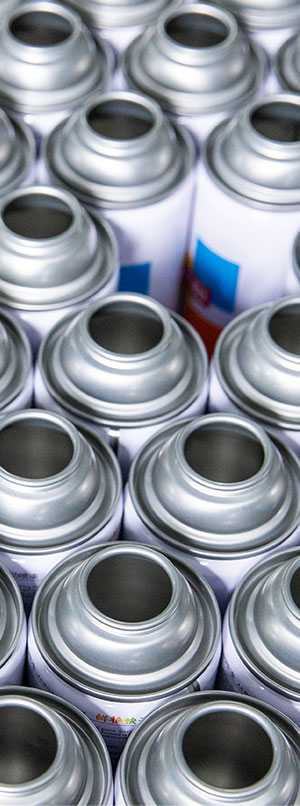In garages and toolboxes around the world, the iconic blue and yellow can of WD-40 is a familiar sight. For decades, it has been the go-to solution for many tasks, earning it a reputation as a “miracle in a can.”
WD-40 is an excellent water displacer (its original purpose, “Water Displacement, 40th formula”) and penetrating oil, making it genuinely useful for loosening stuck bolts or stopping squeaky hinges.
However, its fame as a universal fix-all often leads to misuse that can be ineffective or even cause damage. As the old saying goes, “a jack of all trades is a master of none.”
As specialists in industrial-grade aerosols, we believe in using the right tool for the right job. This guide will help you understand the common misuses of WD-40 and choose the correct professional alternatives for better, safer, and longer-lasting results.
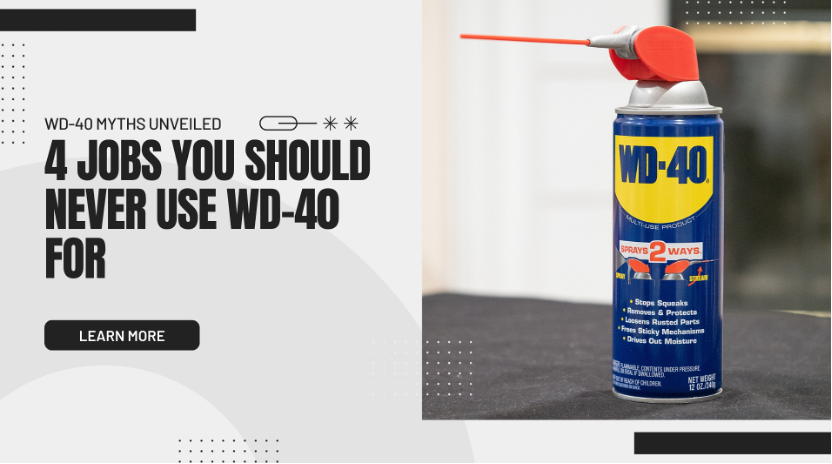
4 Common WD-40 Misuses (And What to Use Instead)
Here are four of the most common and damaging misuses we see.
Misuse 1: As a Lubricant for Bicycle or Motorcycle Chains
The Misconception: A chain is a collection of moving metal parts, so WD-40 as a general-purpose lubricant spray should work perfectly to keep it running smoothly.
The Reality: This is one of the most common and damaging misuses. WD-40 contains strong cleaning solvents that can strip away the essential, heavy-duty grease packed deep inside the chain’s rollers and pins. Its own lubricating film is far too thin to withstand the high-friction, high-speed environment of a drivetrain. Worse, its wet consistency is a magnet for dirt, dust, and sand, quickly turning into a gritty abrasive paste. This paste dramatically accelerates the wear and tear on your chain and sprockets, leading to costly replacements.
Professional Alternative: Use a Dedicated Chain Lube
High-performance chains require a dedicated Chain Lube. These advanced formulas are made with special adhesive materials that form a durable, protective film on the metal. This film has high adhesion to prevent “fling-off” at high speeds, provides lasting lubrication, and isolates the chain from moisture to prevent rust and oxidation.
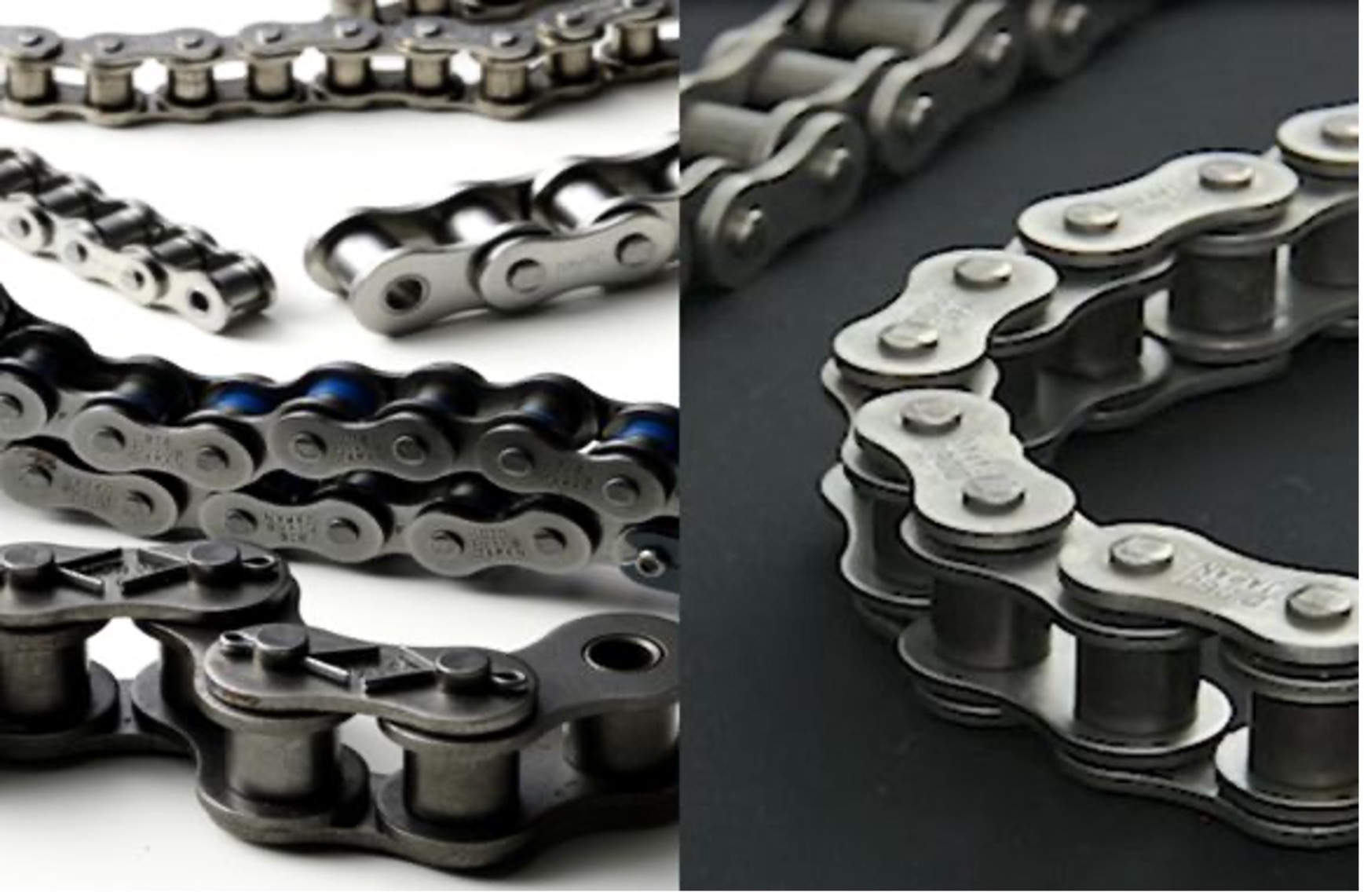
Misuse 2: As a Cleaner for Brake Components
The Misconception: WD-40 is a cleaner and rust-preventative, so it should be fine for cleaning dust and grime off brake rotors and calipers.
The Reality: Using WD-40 on brake components is extremely dangerous. The fundamental purpose of a brake system is to create friction to stop a vehicle. WD-40 is an oil-based lubricant designed to reduce friction. Applying it to brake surfaces will contaminate the pads and rotors, severely compromising their ability to grip. This can lead to a terrifying loss of braking power and potential brake failure. The oily residue it leaves behind is the exact opposite of what is needed for a safe, responsive brake system.
Professional Alternative: Use a Specialized Brake Cleaner
Brake systems must only be serviced with a specialized Brake Cleaner. This type of product is a powerful, non-chlorinated solvent formulated to instantly penetrate, dissolve, and remove brake fluid, dust, oil, and other contaminants. Critically, it is designed to evaporate completely within seconds, leaving zero residue behind and restoring the excellent braking performance of the system.
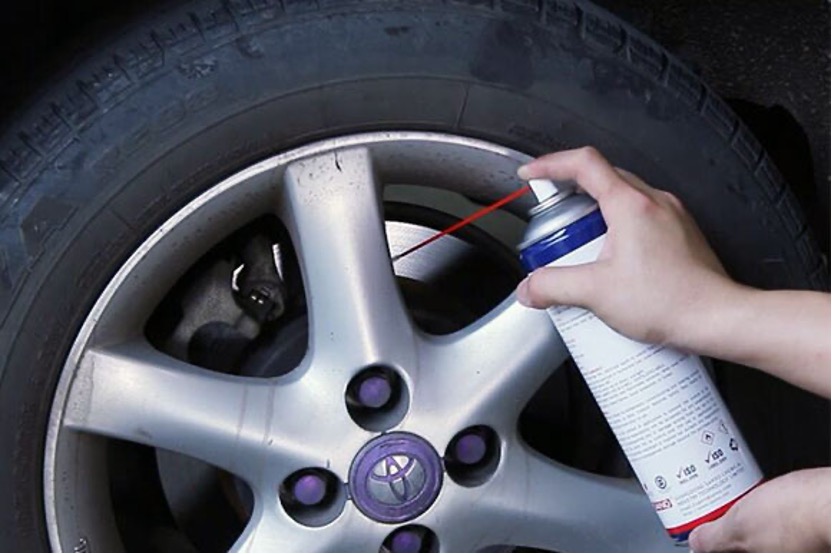
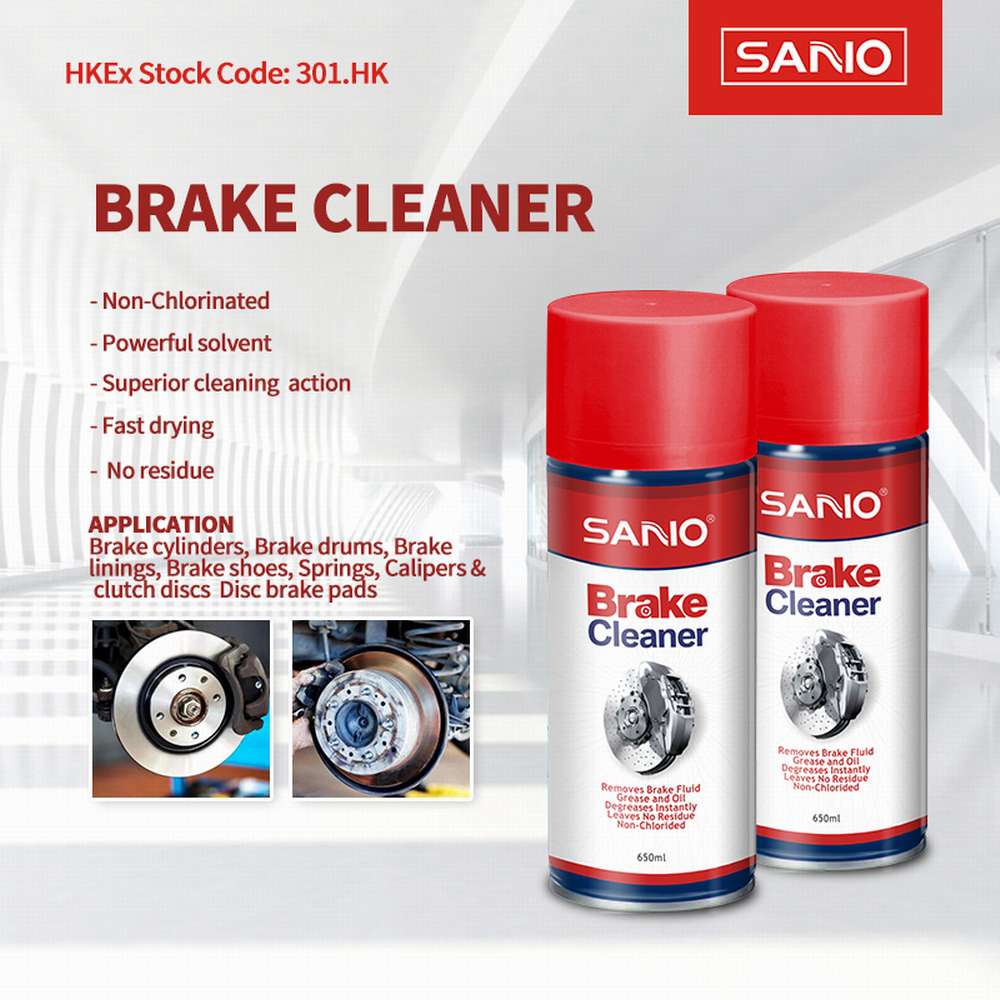
Misuse 3: As a Cleaner for Carburetors and Air Intakes
The Misconception: WD-40 can clean general grime, so it can be used to clear out a sluggish carburetor or throttle body to improve engine performance.
The Reality: While WD-40 can handle light surface grime, it lacks the potent solvents required to break down the tough, baked-on contaminants inside an engine. Over time, carburetors and air intakes become clogged with hardened carbon deposits, fuel varnish, and sludge. A multi-use product is simply not strong enough to effectively dissolve this buildup. Furthermore, its oily residue will not fully evaporate and will be drawn into the combustion chamber, where it can burn and create even more performance-robbing carbon deposits.
Professional Alternative: Use a Powerful Carb Cleaner
To effectively restore an engine’s good working condition, you must use a powerful Carburetor Cleaner. These are formulated with aggressive solvents that instantly dissolve stubborn sludge and carbon deposits from workpieces. A high-quality formula is non-corrosive to engine parts and oxygen sensors, enhancing combustion power without causing harm.
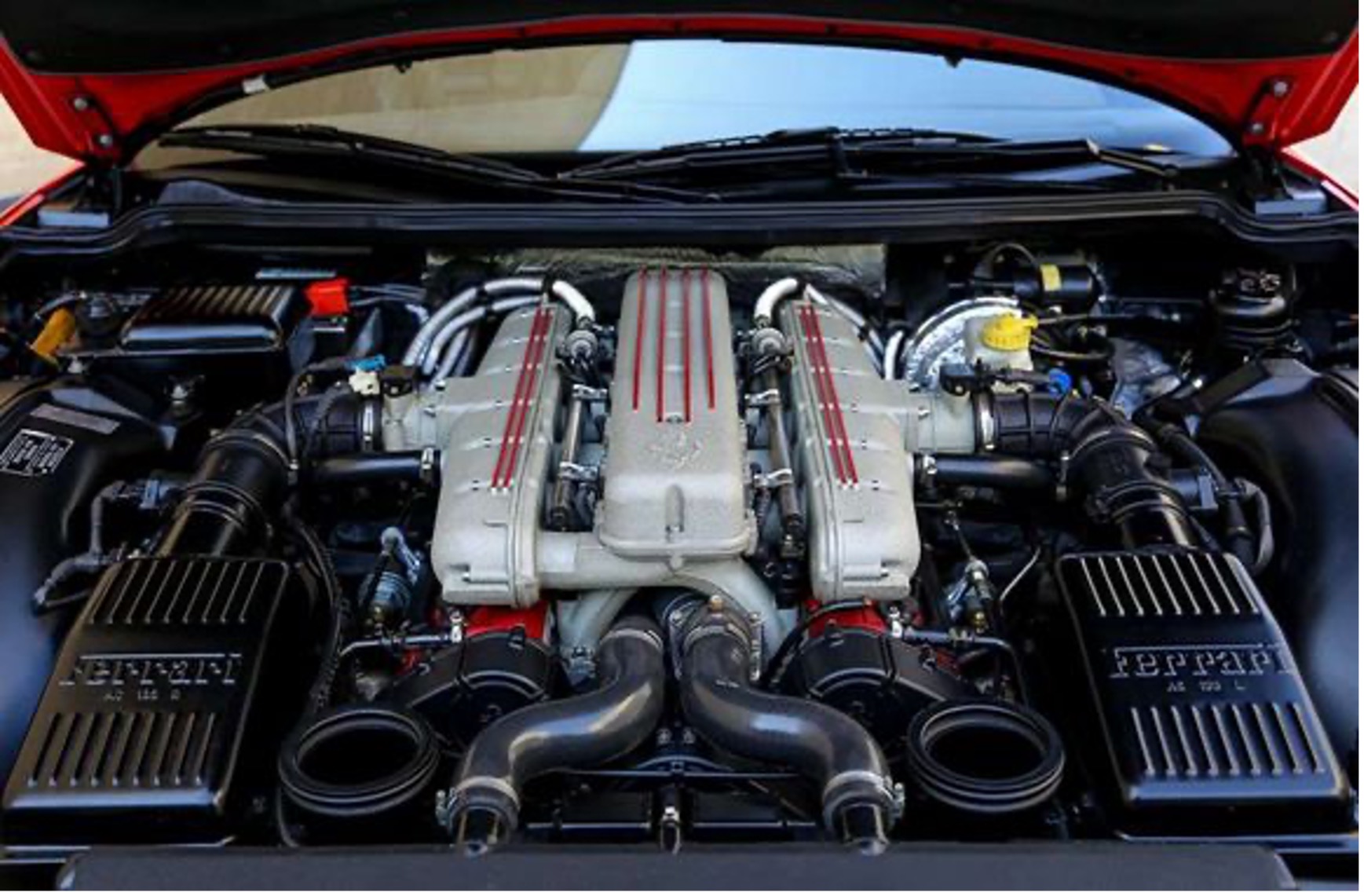
Misuse 4: As a Lubricant for Plastic and Rubber Parts
The Misconception: WD-40 stops all squeaks, so it’s a good choice for car window seals, belts, or plastic components in electronics and appliances.
The Reality: WD-40 is a petroleum-based product. These petroleum distillates can be harmful to certain polymers. Over time, applying it to rubber or plastic can cause the material to degrade, leading to swelling, softening, cracking, or becoming brittle. This can ruin seals and compromise the integrity of plastic parts.
Professional Alternative: Use a Silicone Spray
For lubricating surfaces that include plastic, rubber, or even glass and metal, the safest and most effective choice is a Silicone Spray. This product is a colorless, transparent silicone oil that is chemically inert, meaning it will not react with or harm sensitive materials. It provides a clean, dry, non-staining film of lubrication that is excellent for protecting and conditioning surfaces.
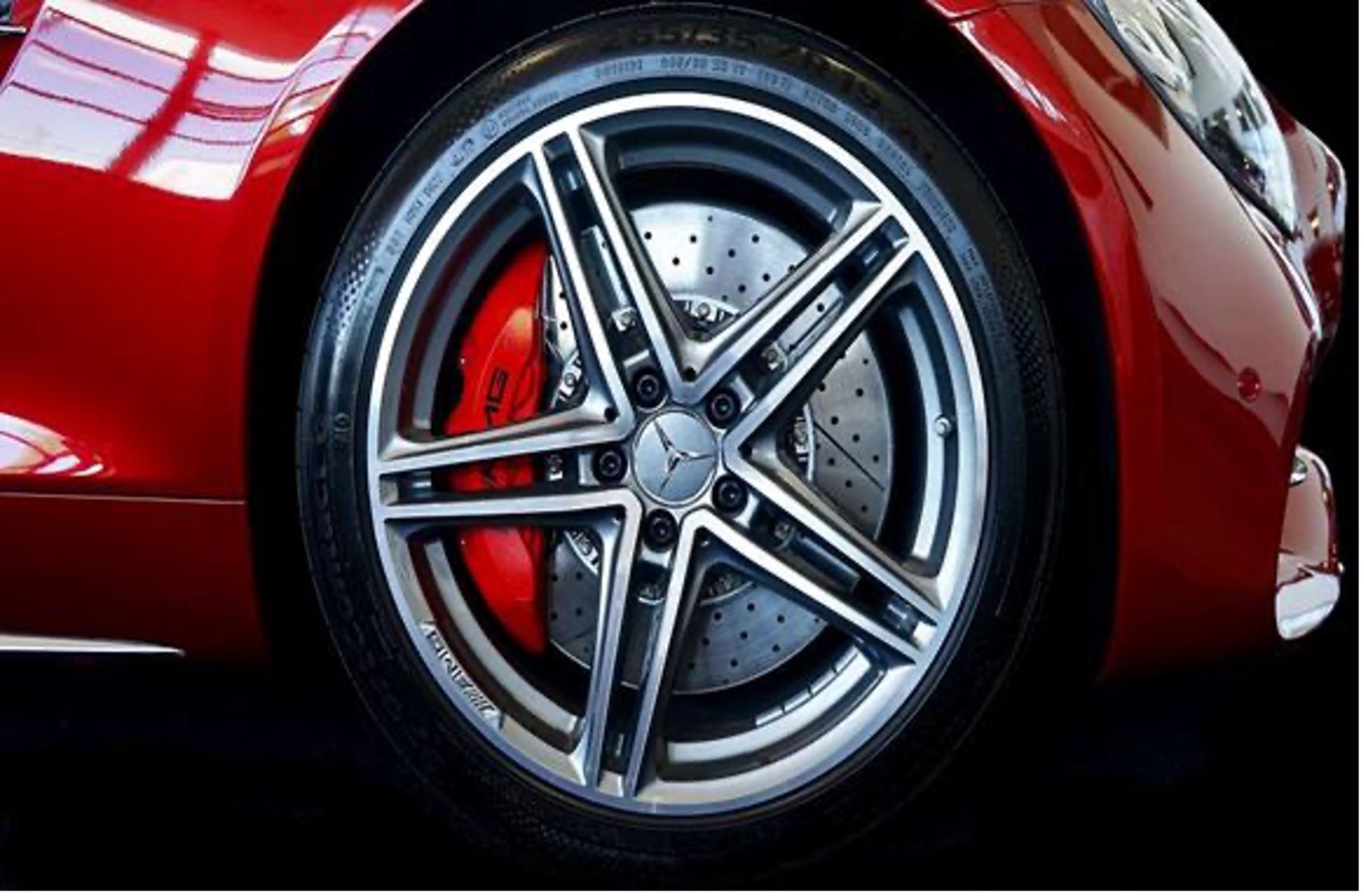
What to Use Instead of WD-40: A Quick Guide
While WD-40 is a great penetrant, it’s often not the best lubricant or cleaner for specific jobs. Here are the correct alternatives:
- For Bicycle & Motorcycle Chains: Use a high-adhesion Chain Lube.
- For Brake Systems: ONLY use a zero-residue Brake Cleaner.
- For Carburetors & Intakes: Use a strong Carburetor Cleaner to dissolve deposits.
- For Plastic & Rubber Parts: Use a non-petroleum Silicone Spray.
Conclusion
WD-40 has rightfully earned its place in the toolbox for its core functions: displacing water, penetrating rust, and handling light, general-purpose tasks. However, when performance, safety, and longevity are critical, a specialized product will always outperform a generalist one.
At SANVO, our philosophy is rooted in providing these specialized solutions. We focus on engineering a complete range of professional-grade aerosol products because we know that every maintenance challenge requires a precise and reliable answer. The next time you reach for a can, take a moment to consider the specific demands of the task. Using the right tool not only delivers a better result—it’s the mark of a true professional.
Frequently Asked Questions (FAQ)
A: As this guide details, you should never use WD-40 on bicycle chains, brake components, carburetors, or sensitive plastic and rubber parts. Using the wrong product can cause damage or be unsafe.
A: Since WD-40 is a lubricant and water-displacer, its “opposite” would be a product designed to increase friction (like a Brake Cleaner, which removes all oily residue) or a product that absorbs moisture (like a desiccant).
A: It is a light, temporary lubricant, but it is not a good choice for high-friction parts like chains. Its solvents can actually remove heavier, more durable grease. For serious lubrication, a dedicated grease or lube is better.

